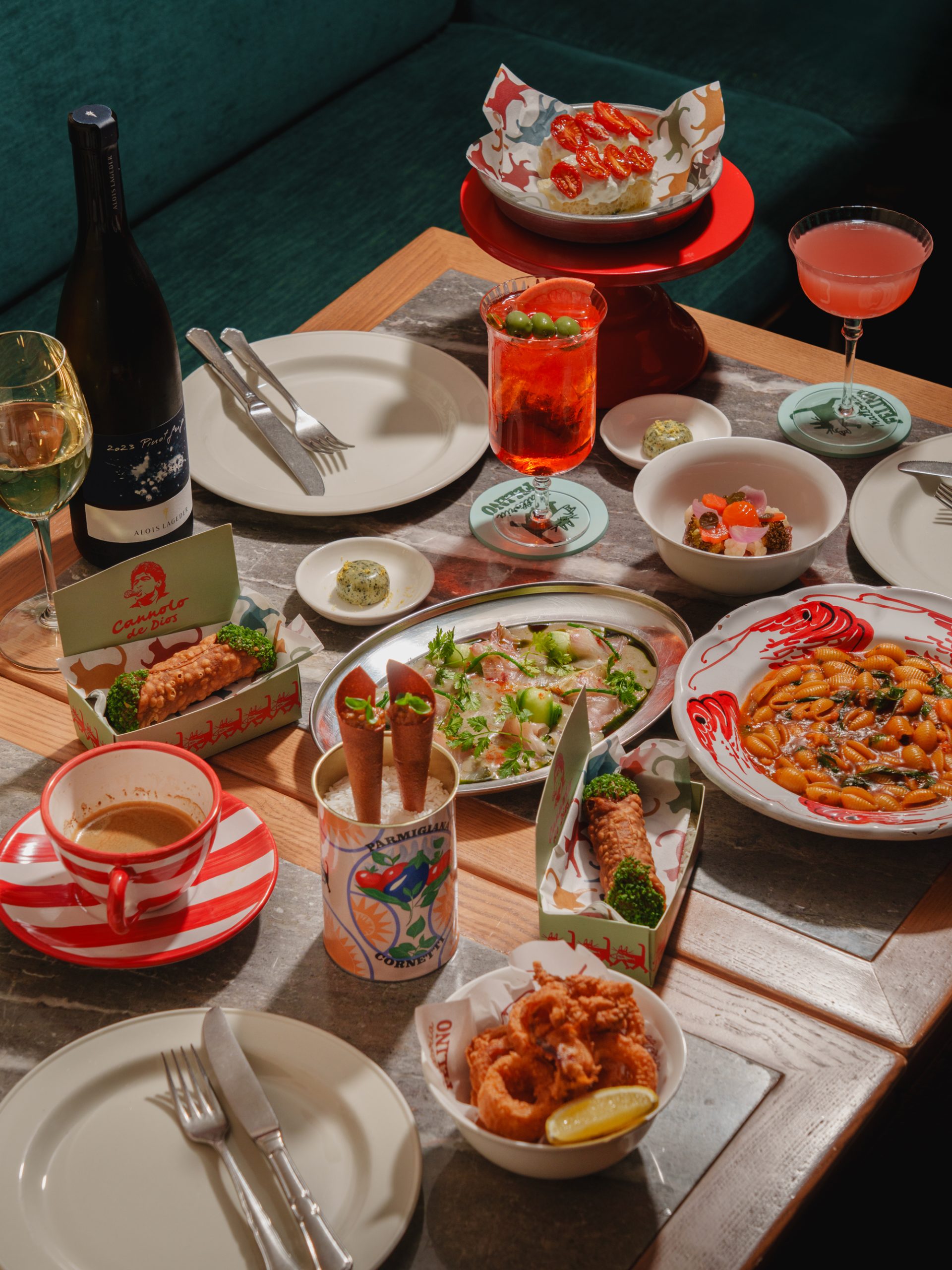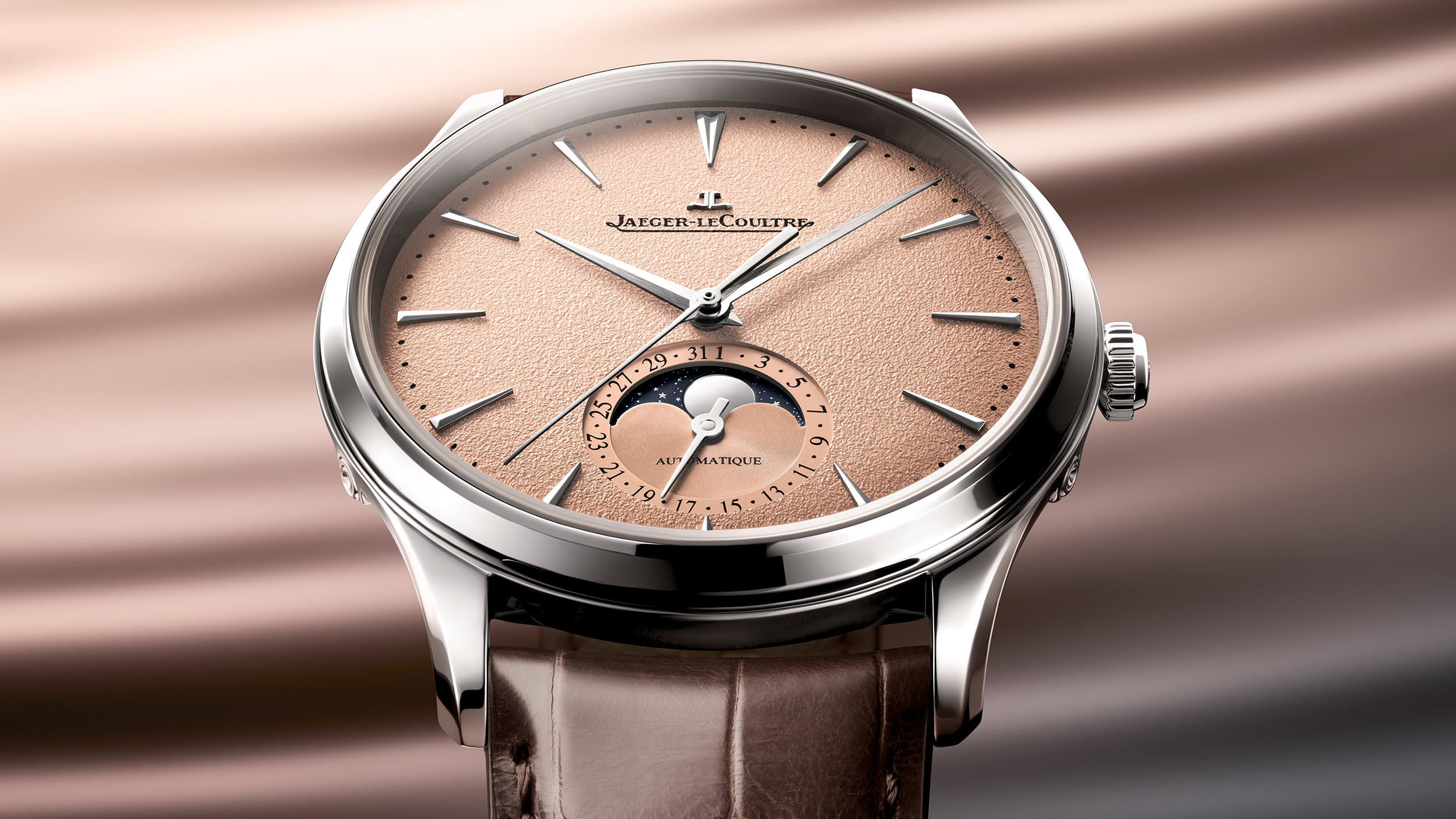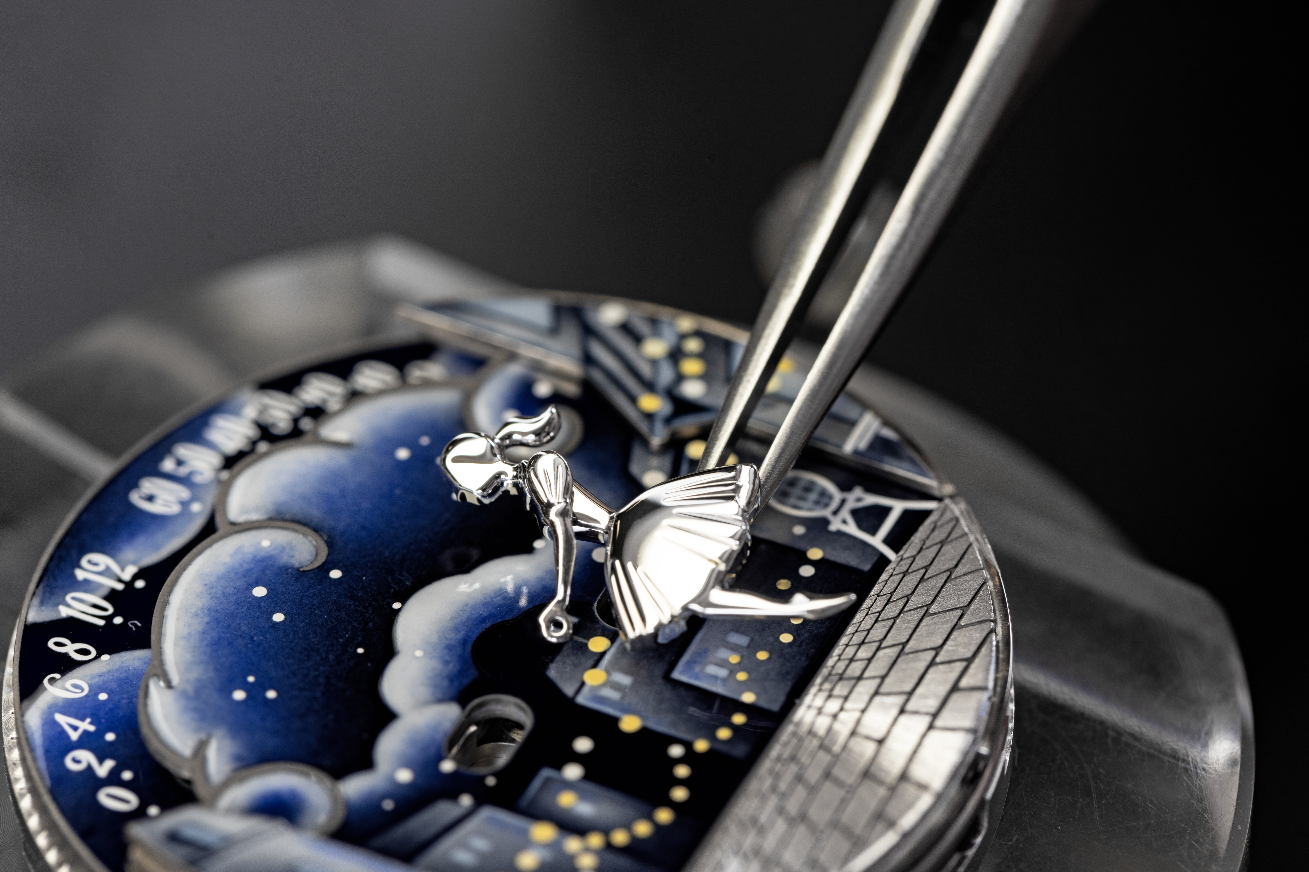Making his curatorial debut with a major survey exhibition of influential US-born artist Bruce Nauman, Tai Kwun’s head of art Dr. Pi Li talks to Jaz Kong about freedom, true artistry and the future of the Hong Kong art scene
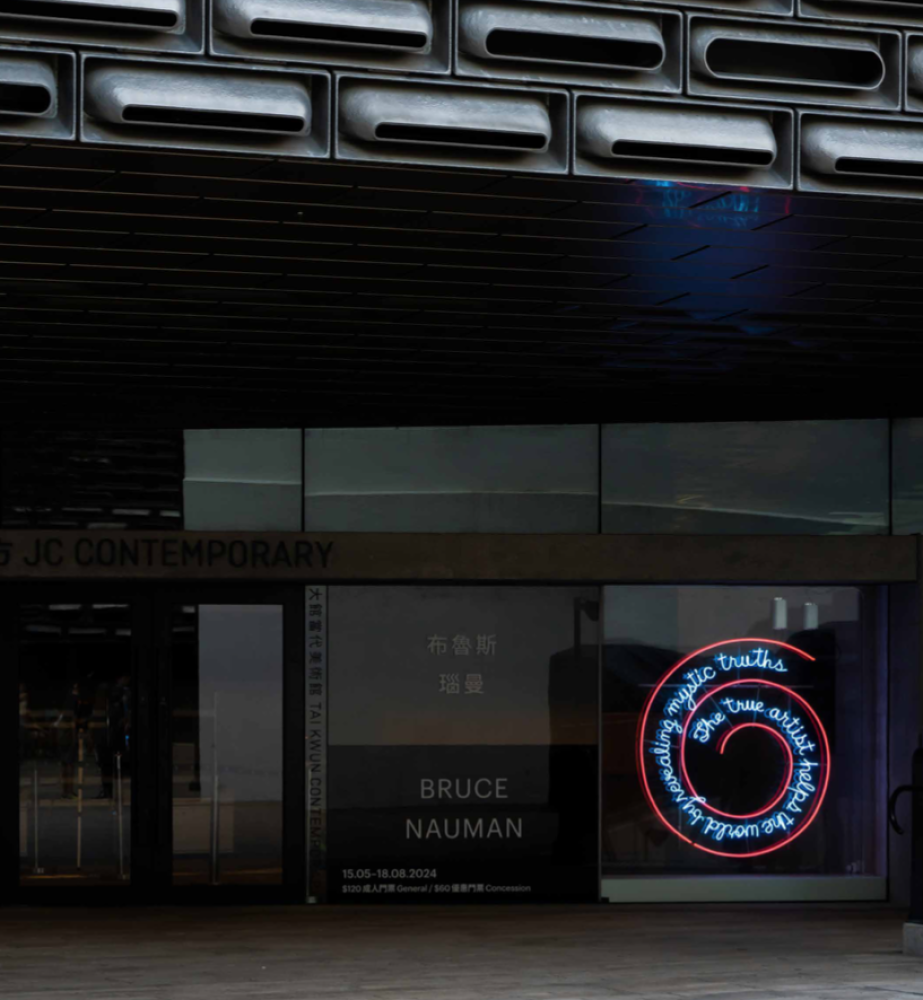
The long-awaited survey exhibition Bruce Nauman is finally here. Highlighting some of the most iconic works by the 82-year-old US-born artist, Bruce Nauman was curated around one main question: What is an artist? As the first show curated by Dr. Pi Li since he assumed the role of head of art at Tai Kwun, the exhibition serves not only as a statement of his leadership and direction but also a hint as to what he will bring to Tai Kwun and Hong Kong’s art scene.
Supported by Palazzo Grassi – Pinault Collection and inspired by the exhibition Bruce Nauman: Contrapposto Studies, curated by Carlos Basualdo and Caroline Bourgeois in 2021 at Punta della Dogana in Venice, the show is all everyone could think about in May. Art enthusiasts in Hong Kong are no stranger to Pi. With a PhD in Art History and Criticism from the Central Academy of Fine Arts, he has extensive experience in both the commercial sector of the art market and in art institutions, especially during his previous roles as the Sigg senior curator and head of curator affairs at M+. Showing at Tai Kwun Contemporary until August 18, Bruce Nauman showcases 35 works that traverse six decades of the artist’s career. The jack-of-all-trades is one of the most significant living artists of our time, whose artworks have defined post-minimalism and conceptualism. But then, why Bruce Nauman to begin with? “Nauman’s time was very different from ours these days, with art fairs, social media platforms and such,” Pi says. “Since the ’70s, ‘art’ has become something fashionable, like Andy Warhol for instance. It’s still a trend until now, giving birth to new art forms with keywords like ‘immersive’ and ‘sensation’. We seem to have forgotten what artists truly do, and they shouldn’t be ‘stars’.
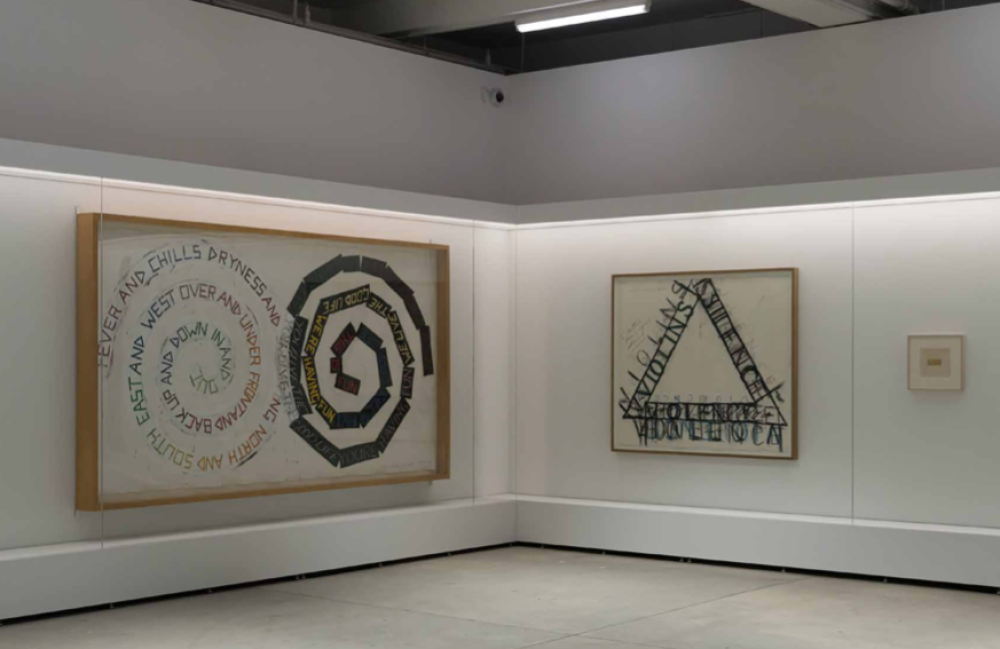
“However, Nauman reminds me of a true artist, who understands how to respond to his era and how to draw attention to issues around him. He never decorates his works, but leaves iron wires exposed or his ageing body revealed. There’s a purpose in art, not being eye candy but something that provokes our thoughts and sparks us to think. We are facing some unprecedented political issues such as gender politics and Black Lives Matter; our societies are highly divided. But if you look at Nauman’s work, he
covers a lot of social and political issues such as the burst of the American dream, the brutality in South America, war and the social/political everyday life. He simply can’t not take a stance on everything, and to me, this is what true artists do.”

Located next to the entrance of JC Contemporary, the show welcomes visitors with Nauman’s first neon work, titled The True Artist Helps the World by Revealing Mystic Truths, prepping and reminding us once again the main theme of the exhibition. When speaking of neon lights and artworks, especially in Hong Kong, some might immediately associate them with the city and the beautification of history. How the audience will conceive the show throughout the three months of its exhibition period is still too soon to tell, but one KPI could be an indication, that is according to Pi, “During the opening day, a third of the visitors got in with concession tickets purchased with their student cards, which is a very encouraging number for us. Young students are the ones with curiosity, and planting a seed in them means a growing interaction between art and society, and in turn making our culture sustainable in Hong Kong. This is precisely the immediacy in bringing a thought-provoking exhibition to Tai Kwun, as we have a unique history and geographic location in Hong Kong.”
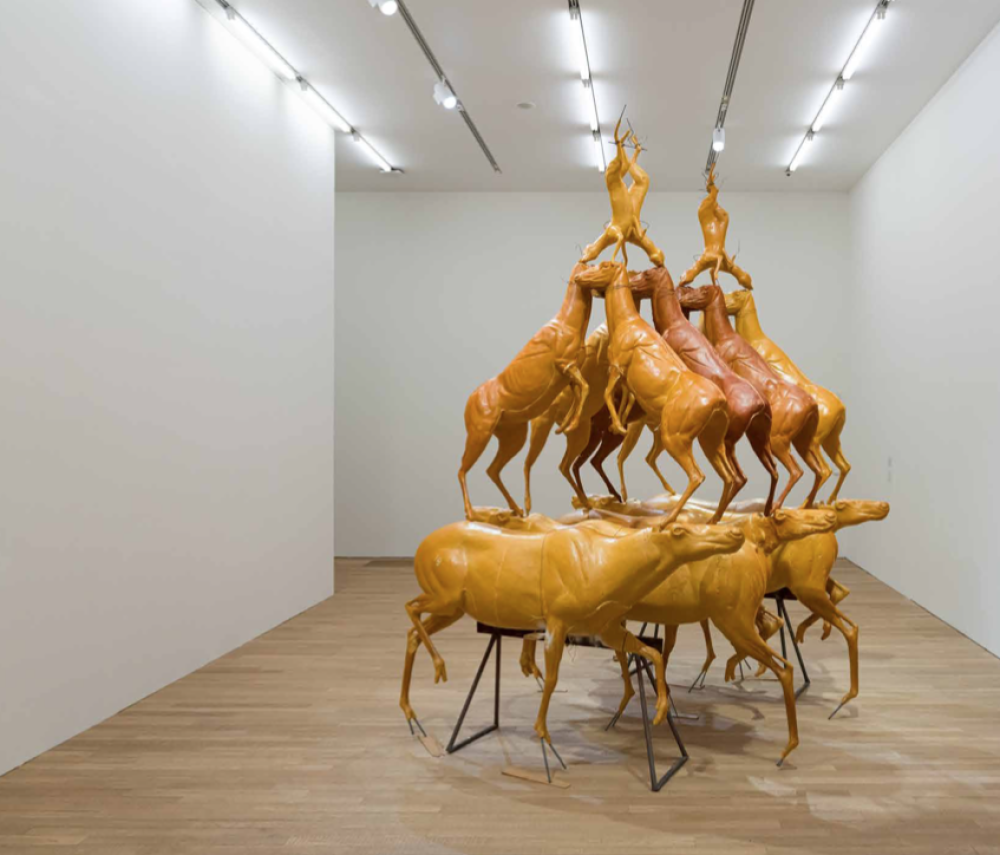
Continuing with the exhibition, it’s highly recommended to take the stairs if possible, as that’s the only way to immerse yourself in Nauman’s Raw Materials, a series of sound art installations where short and common words and phrases like “no”, “work”, “thank you” and “OK” are on repeat, but in various tones and manners, as well as modular compositions where words or phrases are conjugated like verbs, such as “good boy bad boy” and “world peace”.
Also see: The Modern Art Museum Shanghai’s curators on David Hockney exhibition
Over the past 40 years, Nauman has been playing with how volume (and the apparent absence of sound) affects a space to explore the juxtaposition of emptiness and density. He was inspired by John Cage, who argued that chance occurrences and ambient sound can hold equal status with intentional compositions. Expanding upon this concept, Nauman emphasises rhythm and intentionally avoids a thematic or chronological order for the sequence of recordings in Raw Materials.
Speaking of raw, another neon work on display is Raw War. Flashing alternately “RAW” and “WAR”, this piece illuminates a palindrome and questions whether war inherently comes from humans being raw. Another iconic work on paper is Violins + Silence = Violence, the triangular formula signalling a nuanced relationship between music, silence and aggression, and again questioning whether language equals communication at all. Other must-see works include Animal Pyramid, 3 Heads Fountain and Washing Hands Normal.
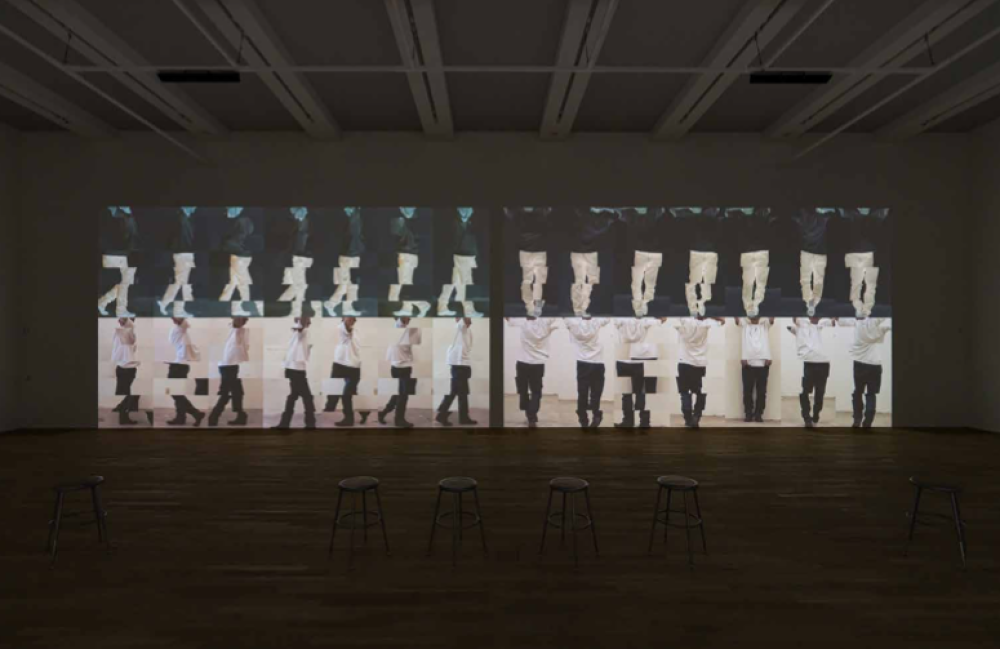
Curating shows that allow audiences to look back in history has always been Pi’s passion. “My background is in art history, hence I’m interested in looking at the intimacy between history and reality, that history is a looking glass for us to ponder the present day and future. What Nauman went through in the ’60s, the pandemic, the Civil Rights Movement, anti-war demonstrations, we are actually very familiar with all these while going through something similar. It would be worth our time to think and rethink the role of an artist and what Nauman did with all these historic events.”
Walking up the spiral staircase to the third-floor gallery space is quite literally akin to drilling into the deeper end of Nauman’s brain. At the end of this narrow tunnel are his Contrapposto Studies and related video works, all depicting his rather wobbly, fragile and aged body after his rectal cancer surgery. As with Contrapposto Studies, the segments are out of sync, amplifying the sense of unstable, fragile equilibrium when Nauman walks with his arms extended horizontally. As he progresses in a straight line, he intends to remind audiences of a tightrope walker in a Greek sculptural form – by thrusting his hips from one side to another as he strolls, only with a heavier torso and less certain balance.
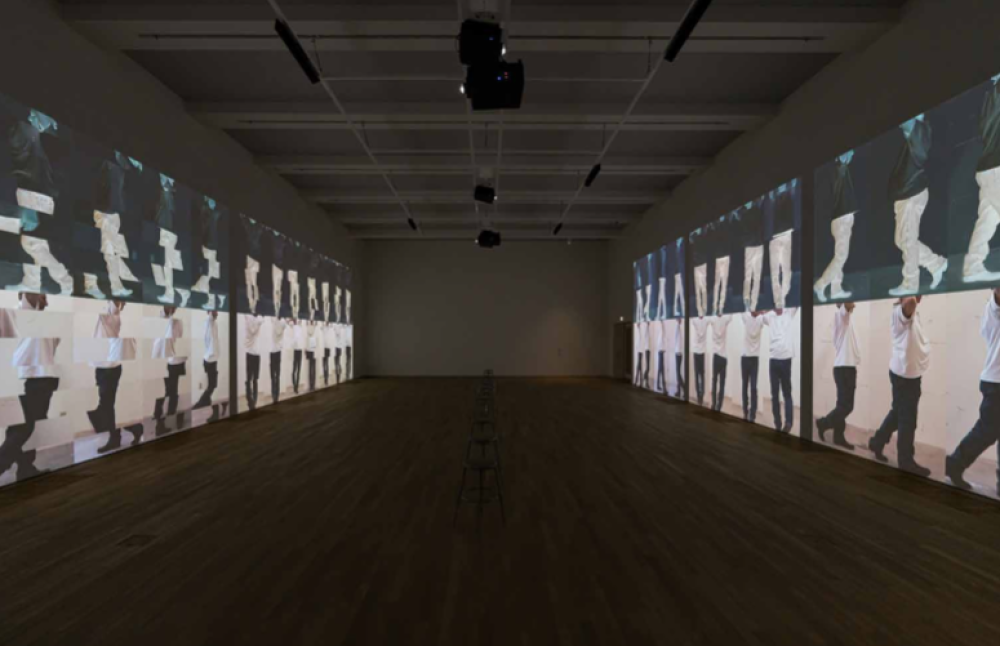
“Nauman is good at creating paradoxes,” Pi says. “On one hand, his messages are strong. However, he turns over the power and the authority of interpretation to his audiences. In a sense, his works are full of misunderstandings and misinterpretations, whereas each person can pick an angle or answer that they favour. Due to this particular form of ‘mis’, possibilities are created during the process. Another way to put it is that Nauman tries to bring democracy to art. If everybody respects art, everybody can be an artist.”
Let’s not forget that before Pi’s role as head of art, he was first and foremost a curator. And what he admired about Nauman, so much that it had to be his first curatorial work at Tai Kwun, was the artist’s honesty. “What I saw in Nauman is freedom, to not decorate his works and to not hide as an artist. Nauman has what Isaiah Berlin described as ‘liberty’ – while most people focus on positive liberty that gives them the ability to do certain things, Nauman treasures the more valuable negative liberty. He said
no to roses, the sky or the ocean; he said no to beautification. Perhaps in our divided world and politics, choosing not to declare a side might be the ultimate freedom after all.”
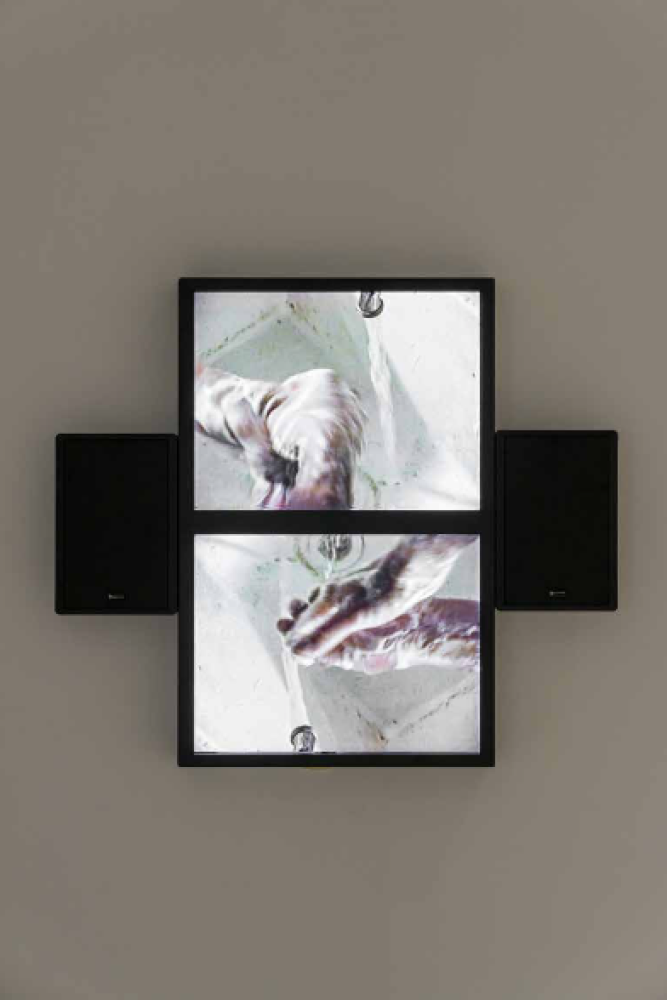
Being in Hong Kong for a little over a decade, Pi has noticed a unique trend in the development of the local art and culture scene which will greatly affect the further development and sustainability of our city. “When we talk about how art has become more common in our lives over the past 10+ years, we are in fact talking about the ‘art market’,” he says. “Take London or Paris as examples – they’ve had a long history of museum establishment, then came the artists, galleries and non-profits, then lastly the art fairs. However, Hong Kong had the completely opposite buildup. For Hong Kong to lift its culture scene to the next level, audiences must get used to exhibitions like Bruce Nauman – those that can inspire questions and contemplation. This is how our art scene can be sustainable.” Bruce Nauman might provide an answer to what it means to be an artist, but it is up to us to figure out how to be a good audience.
Pi is right – our world and city are indeed experiencing turbulence, and in such troubled times we need more reflections on self and history. Being aware of this need is one thing, but whether Tai Kwun can succeed in providing a platform for art exhibitions and discussions to happen is another issue. Whether or not you were a fan of Right is Wrong at M+, Bruce Nauman is a much- needed show in Hong Kong at this very moment. What is art, indeed? And do we have Nauman’s freedom to do, or rather his ability not to do, certain things as Pi suggests? You’ll have to visit the exhibition to find out.
Photos courtesy of Tai Kwun, Bruce Nauman / Artists Rights Society (ARS), New York
Also see: Astrologist Letao Wang’s predictions for the rest of 2024 for each horoscope sign


